-
• #17501

-
• #17502
vw ad
got a soft spot for those polo breadvans.
-
• #17503
Don't think it's possible to push that car any harder, that man has some serious balls
http://www.youtube.com/watch?v=vwl40XFvpLE
"from what ive heard a 2.1l pinto with a 16v head pushing about 301bhp"
-
• #17504
He makes Ken Block look like a part-timer.
-
• #17505
brown trousers @ 32s and many other occasions!
-
• #17506
"I'll take the brown interior please..."
-
• #17507


-
• #17508
-
• #17509
The story behind that is quite interesting:
http://www.mb190e16v.com/Templates/Mercedes_the%20car%20body.htmI had to google it to make sense of the pics.
Southern Italy, August 13 - 21, 1983. In the early morning of August 13, 1983, under strict supervision of 102 FIA sport commisioners three Mercedes 190 E 2.3-16's (labeled green, red and white) started out on a 50,000 km high-speed test run, demanding any amount of stamina on the part of cars, drivers and test department staff. According to the regulations the cars for the record runs were just slightly modified compared to the future production cars. The bodywork was lowered by 15 millimeters, the front apron was extended downwards by 20 millimeters, the fan was removed and the power steering was replaced by mechanical steering. The Nardo cars also featured self-leveling suspension on the front axle to keep the ground clearance at a constant level. The gearbox had a longer 5th gear ratio to reach 250 km/h at 6000 rpm. Reverse gear was unnecessary and therefore removed, this would have costed 0,4 km/h top speed. The record track in Nardo is precisely 12.64026 kilometers long, has a diameter of some four kilometers and slightly banked lanes, hereby permitting driving almost without lateral forces even in the speed range over 240 km/h. According to the engineers' calculations, the cars were to reach the 50,000 km target in the morning of the eighth day, provided there were no problems. The pit stops were performed as scheduled and the 18 drivers (six per car) were up to the strain. Lap times were to be three minutes and five seconds to reach the targeted average speed of 240 km/h including pit stops. Due to the cars' low Cw value of 0.30, they were expected to reach somewhat higher top speeds than the production versions. Every two-and-a-half hours, the cars came in for refueling and a change of driver during a 20-second pit stop. The fuel tanks had a capacity of 160 liters instead of the standard 70 liter tank. Fuel consumption during the record run was a slightly over 20l per 100 km's. The heavily strained rear tires had to be replaced every 8,500 kilometers and the front tires every 17,000 kilometers. During these five-minute tire change breaks, the oil and oil filters were also replaced and the valve clearance was checked. In total 243 stops were made. The mechanics changed every 14 hours and had to do a pitstop every 50 minutes. To protect the headlamp lenses against soiling and damage during the daytime, they were covered by plastic caps. The radiator mask was fitted with a quick-change insect screen to prevent clogging of the radiator. After 201 hours, 39 minutes and 43 seconds, two of the cars had clocked up 50,000 kilometers with an average speed of 247 km/h and the 190 2.3-16 achieved three world records and nine international class records. The replacement parts carried on board in compliance with the regulations had not been required - the cars had been running perfectly smoothly despite the extreme strain. The third car was laid up for three hours by a broken distributor rotor arm - an item costing just a few cents, which the pit crew were not allowed to replace but had to repair. For enthusiasts, one of the cars that took part in the record run can still be seen in the Mercedes Museum in Stuttgart (Germany).
-
• #17510
Crazy / amazing.
-
• #17511
I'm surprised that the rear tyres were under so much stress, accelerate hard once an hour, then just bimble round at full speed.
Keep it hard.

-
• #17512
Hardly a bimble - at 150 mph, the engine is doing a lot of work to overcome drag, and its all going through the rear tyres. With that, and cornering at speed, you can see how they would wear at that rate.
-
• #17513
Yah, vectored drive and centrepetal force loading tires would be twisting that rubber off, like driving roundabout for 8 days. Not to mention, differential aside each tyre has a variable speed across its width (outside covering more ground than inside) albeit minimal.
-
• #17514
If it was LSD, it would have been more wear too as I imagine it was WOT to keep max speed at all time.
-
• #17515
No mention of the C-111?

-
• #17516
No mention of the C-111?
In a story about the W201, no.
Fascinating car the C111, but an entirely different proposition to the 190E 2.3-16.If it was LSD
It was. They were equipped with LSDs (later revised to ASDs) as standard.
-
• #17517
In a story about the W201, no.
Fascinating car the C111, but an entirely different proposition to the 190E 2.3-16.Wasn't the C111 (the diesel one) the first car that merc decided to use to push the marque as one that was a world record setter/breaker. So I'd think that to give the story some back ground and history of Merc heading in to the foray.
-
• #17518
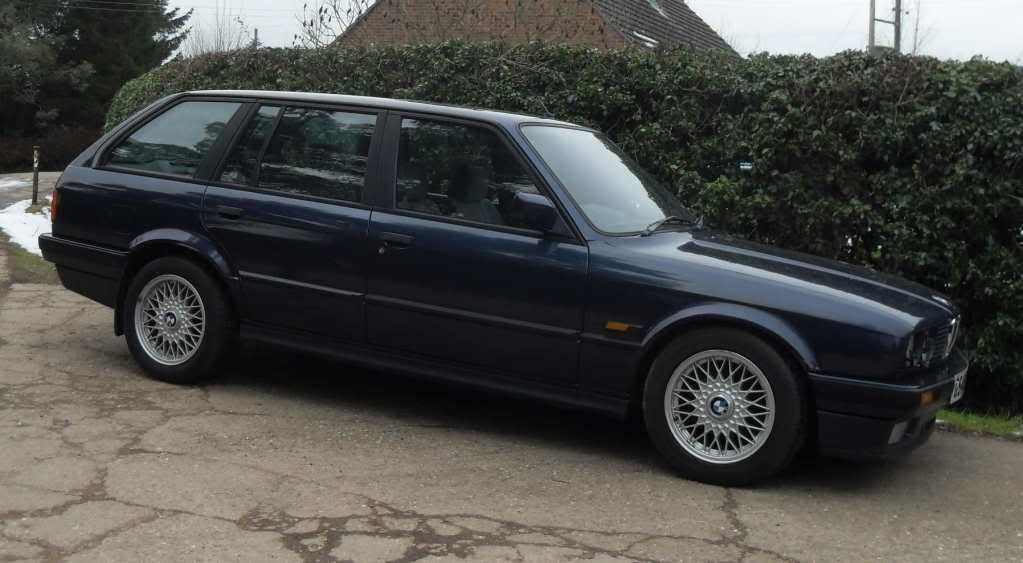
Want one of these. So much.
Get the 525 touring, more fun and bigger load area.
-
• #17519
My god, that escort, that driving!
-
• #17521

-
• #17523

-
• #17524
gets cock out
-
• #17525
Ever had to clean up your own mother's piss?
No. Have you?
One split on a whilst the car was at the MOT station on the rolling road, never had that happen before.
 furious_tiles
furious_tiles
 Crop
Crop handtightenonly
handtightenonly Olly398
Olly398 Mr_B
Mr_B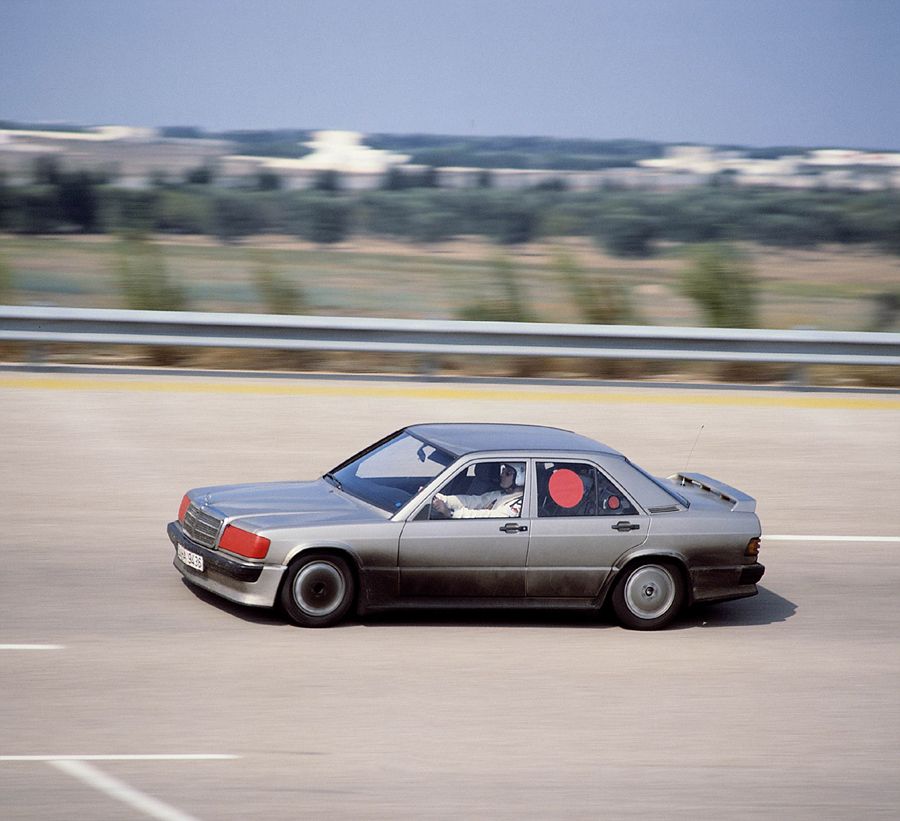
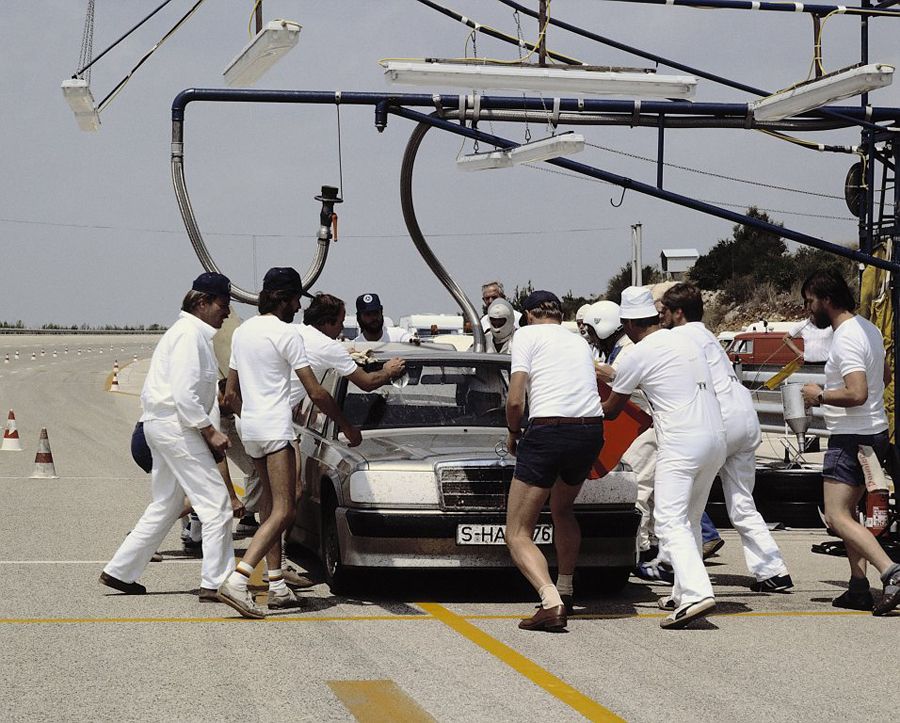

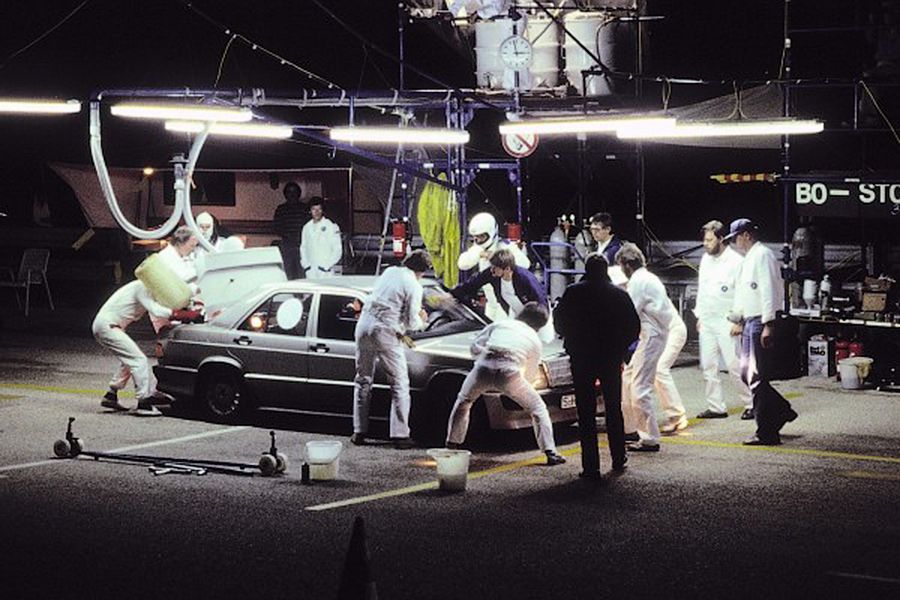
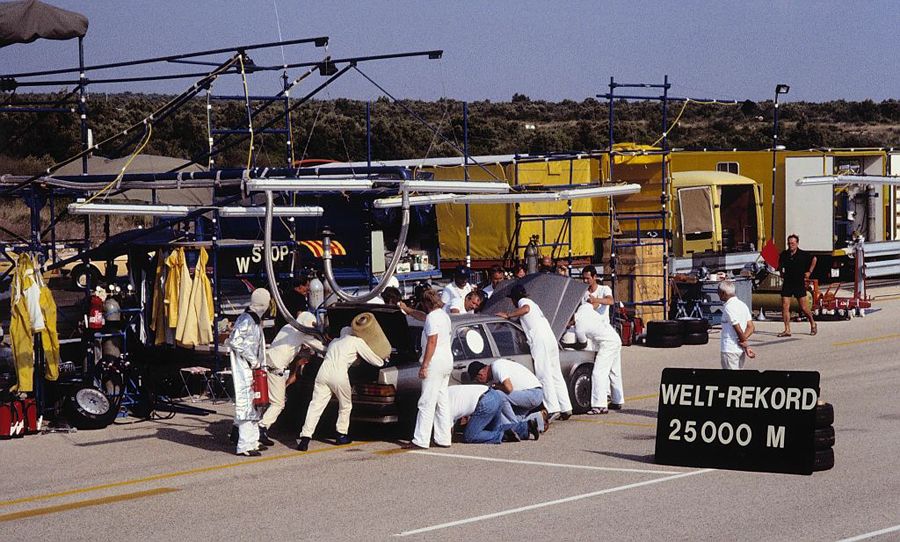
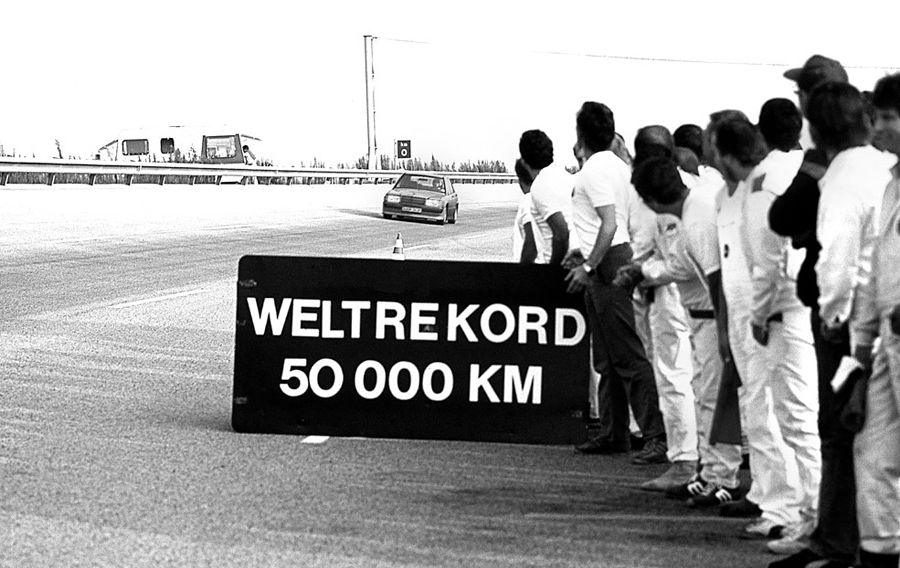

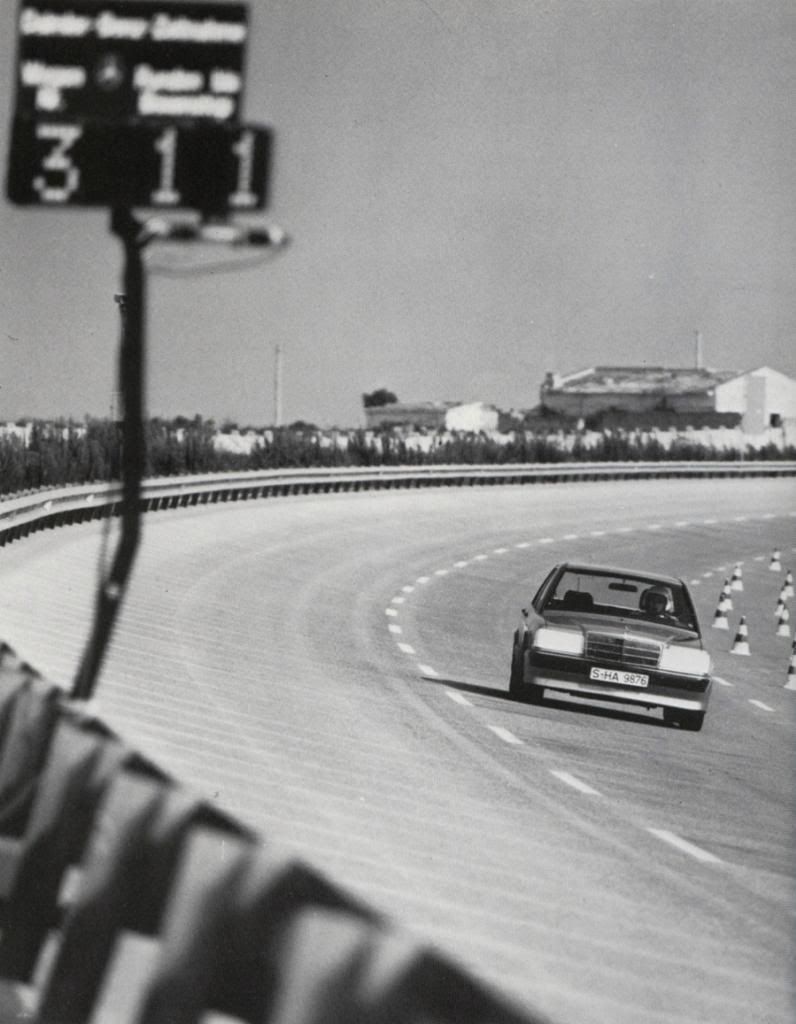
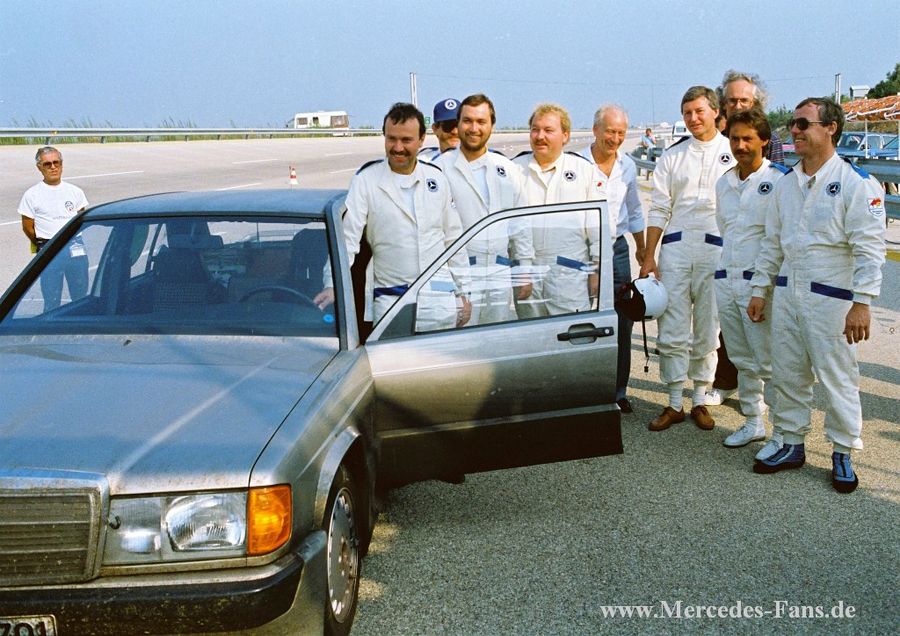
 HardAmericanMuscle
HardAmericanMuscle Ordinata
Ordinata NurseHolliday
NurseHolliday lynx
lynx MrBaklava
MrBaklava coppiThat
coppiThat Dammit
Dammit